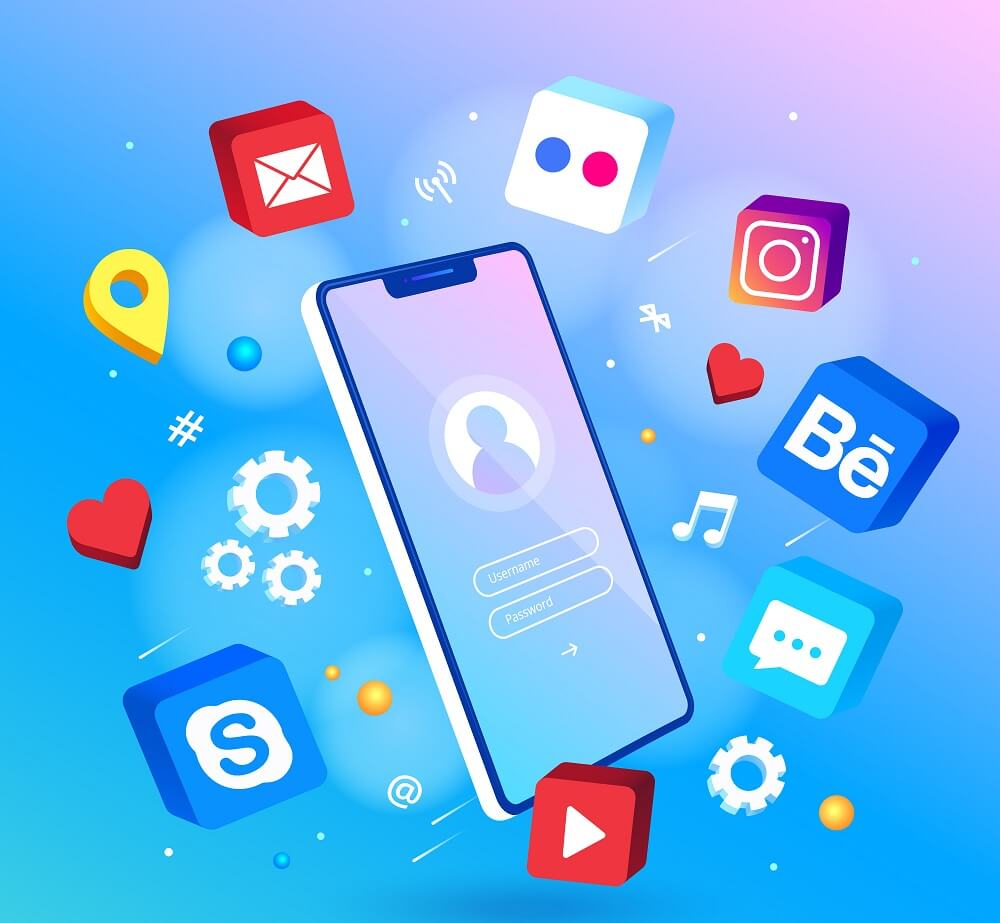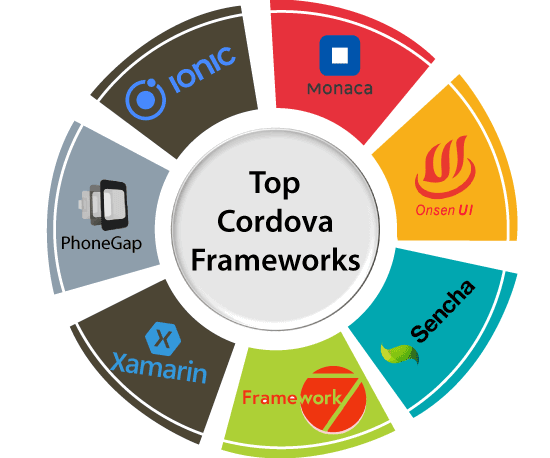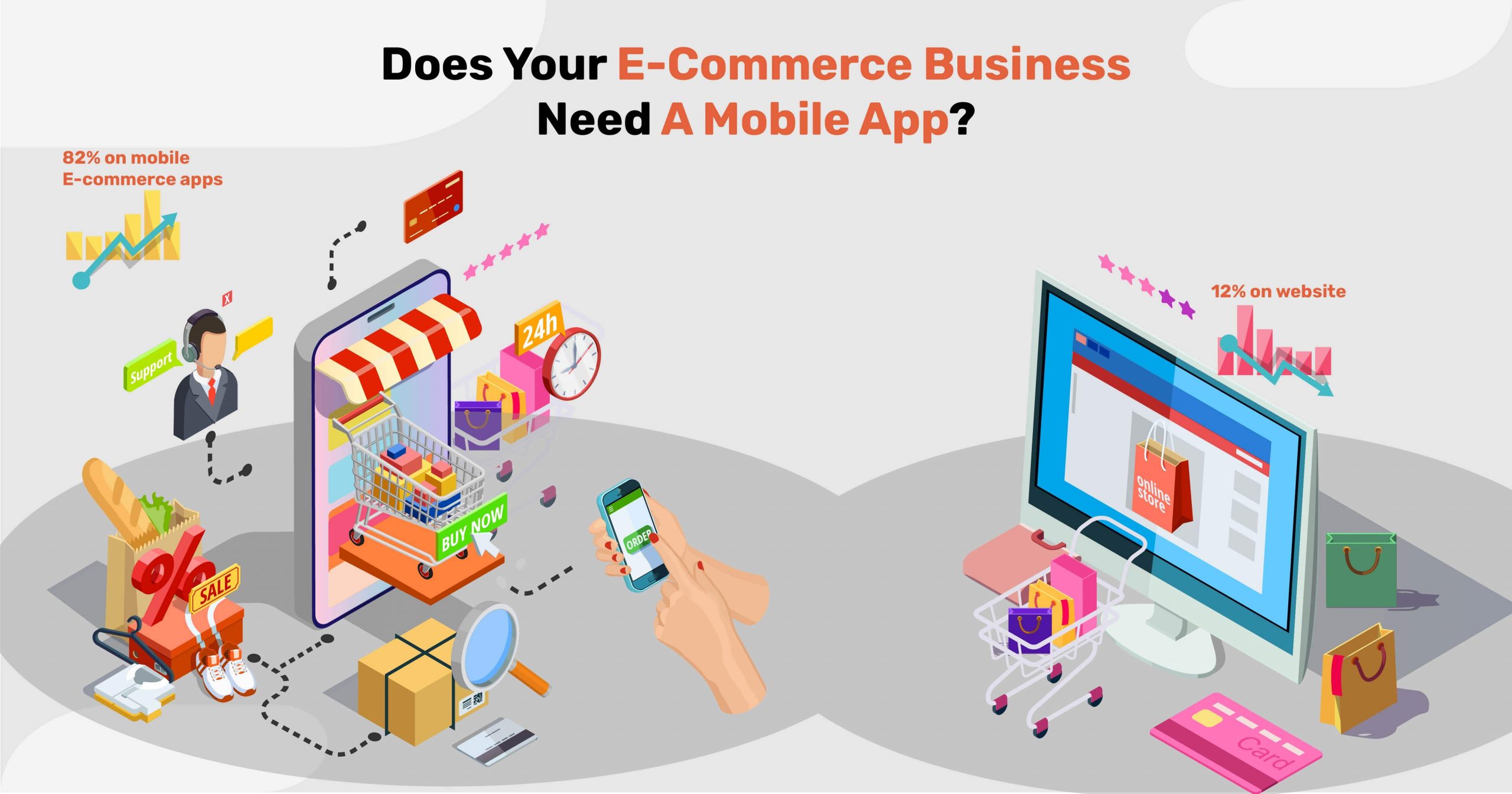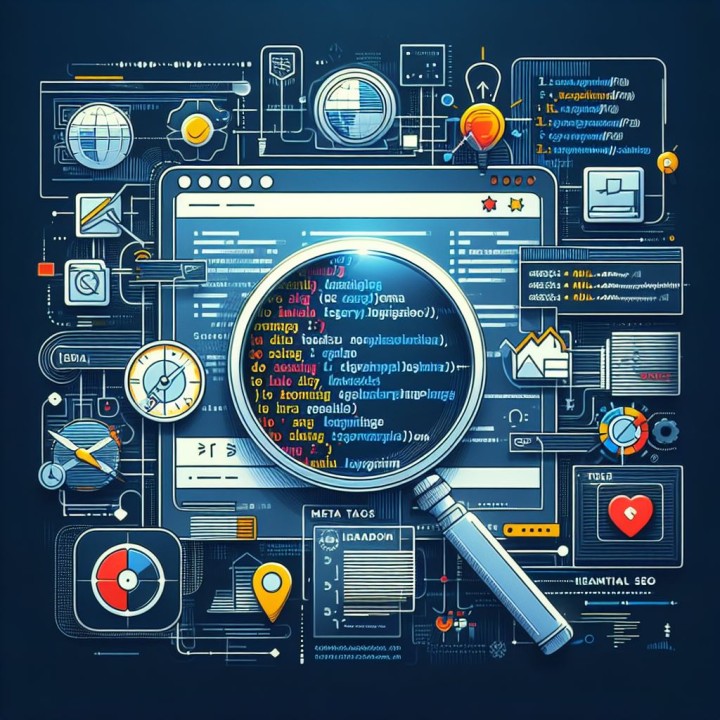Navigating the World of Mobile Applications
Mobile applications have become an integral part of our daily lives, transforming the way we communicate, work, and entertain ourselves. At SparkScribe Technologies, we specialize in developing innovative mobile apps that meet the needs of today’s users. In this blog post, we’ll explore the latest trends, technologies, and best practices in mobile app development.
Navigating the World of Mobile Applications: Trends, Technologies, and Best Practices
Mobile applications have become an integral part of our daily lives, transforming the way we communicate, work, and entertain ourselves. At SparkScribe Technologies, we specialize in developing innovative mobile apps that meet the needs of today’s users. In this blog post, we’ll explore the latest trends, technologies, and best practices in mobile app development.
The Rise of Mobile Applications
Mobile applications, or mobile apps, are software designed to run on smartphones, tablets, and other mobile devices. They provide users with interactive experiences and access to a wide range of services, from social networking to e-commerce and beyond.
Key Mobile Application Development Technologies
1. Native Development
Native mobile app development involves building applications specifically for a particular operating system (iOS or Android) using platform-specific languages and tools.
- iOS: Uses Swift or Objective-C with tools like Xcode.
- Android: Uses Kotlin or Java with tools like Android Studio.
2. Cross-Platform Development
Cross-platform development allows developers to create applications that run on both iOS and Android from a single codebase. Popular frameworks include:
- React Native: Developed by Facebook, it uses JavaScript and React.
- Flutter: Developed by Google, it uses Dart.
3. Hybrid Development
Hybrid apps combine elements of both native and web applications. They are built using web technologies like HTML, CSS, and JavaScript and wrapped in a native container.
- Ionic: A popular framework for building hybrid mobile apps.
- Apache Cordova: Provides a platform for building hybrid mobile apps using web technologies.
Trends in Mobile Application Development
1. 5G Technology
The rollout of 5G networks is set to revolutionize mobile app development, offering faster data speeds and more reliable connections, enabling more complex and data-intensive applications.
2. Artificial Intelligence and Machine Learning
AI and ML are being integrated into mobile apps to provide personalized user experiences, advanced analytics, and enhanced functionality such as image and speech recognition.
3. Augmented Reality (AR) and Virtual Reality (VR)
AR and VR technologies are being increasingly used in mobile apps for gaming, education, retail, and real estate, providing immersive user experiences.

Best Practices for Mobile Application Development
1. User-Centered Design
Prioritize user experience (UX) and user interface (UI) design to ensure that apps are intuitive, engaging, and easy to navigate.
2. Performance Optimization
Optimize app performance to ensure fast loading times, smooth transitions, and minimal battery consumption.
3. Security
Implement robust security measures to protect user data and ensure app integrity, including encryption, secure authentication, and regular updates.
4. Testing and Quality Assurance
Conduct thorough testing across different devices and operating systems to identify and fix bugs, ensuring a seamless user experience.
Real-World Applications of Mobile Apps
1. E-Commerce
Mobile apps have transformed the retail industry, offering personalized shopping experiences, seamless payment options, and convenient delivery services.
2. Health and Fitness
Health apps track physical activity, monitor vital signs, and provide personalized fitness plans and health tips.
3. Finance and Banking
Mobile banking apps allow users to manage their finances, transfer money, and pay bills securely from their smartphones.
4. Entertainment
Streaming services, gaming apps, and social media platforms provide endless entertainment options for users on the go.
Future of Mobile Application Development
The future of mobile app development is exciting, with continuous advancements in technology and evolving user expectations. Some key areas to watch include:
1. Internet of Things (IoT)
IoT integration will enable mobile apps to interact with a wide range of connected devices, from smart homes to wearable tech.
2. Enhanced Security
With increasing concerns about data privacy, future mobile apps will prioritize enhanced security measures to protect user information.
3. Advanced AI Capabilities
AI will continue to evolve, offering more sophisticated features like predictive analytics, natural language processing, and advanced automation.
Conclusion
Mobile applications are at the forefront of the digital revolution, transforming industries and enhancing daily life. At SparkScribe Technologies, we are dedicated to leveraging the latest trends and technologies to develop innovative mobile apps that meet the needs of today’s users. Stay tuned to our blog for more insights and updates on the latest developments in mobile application development.

















